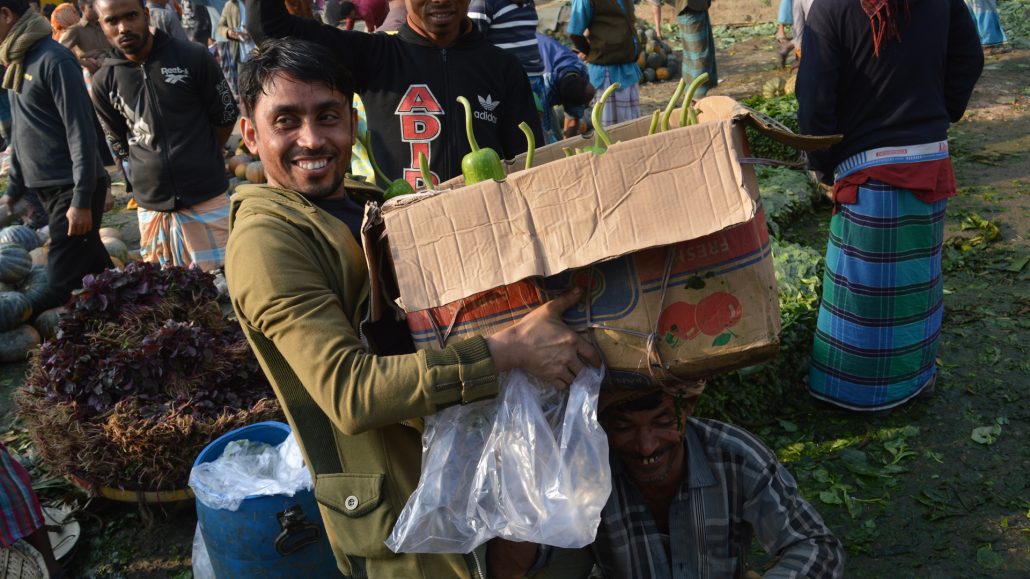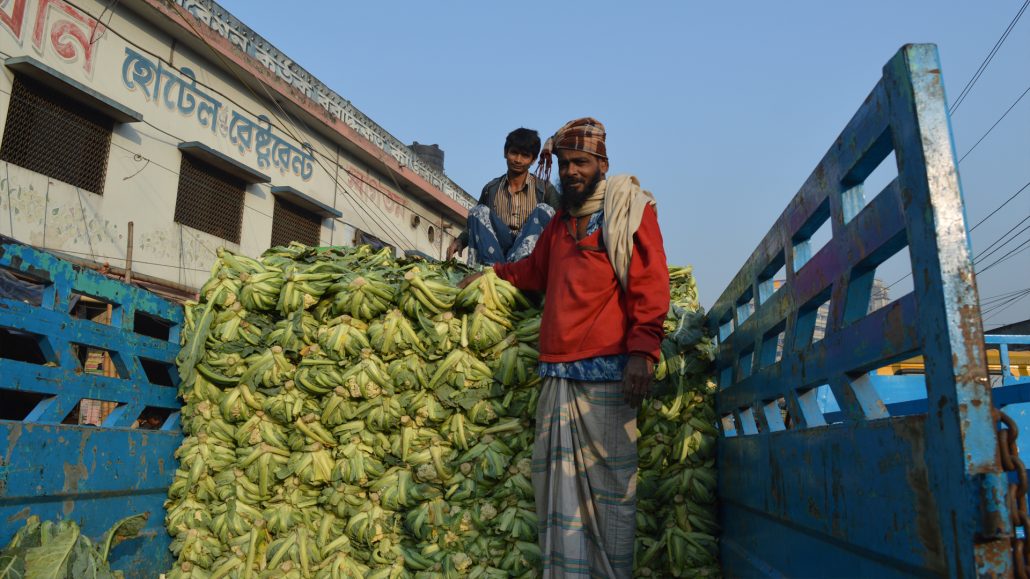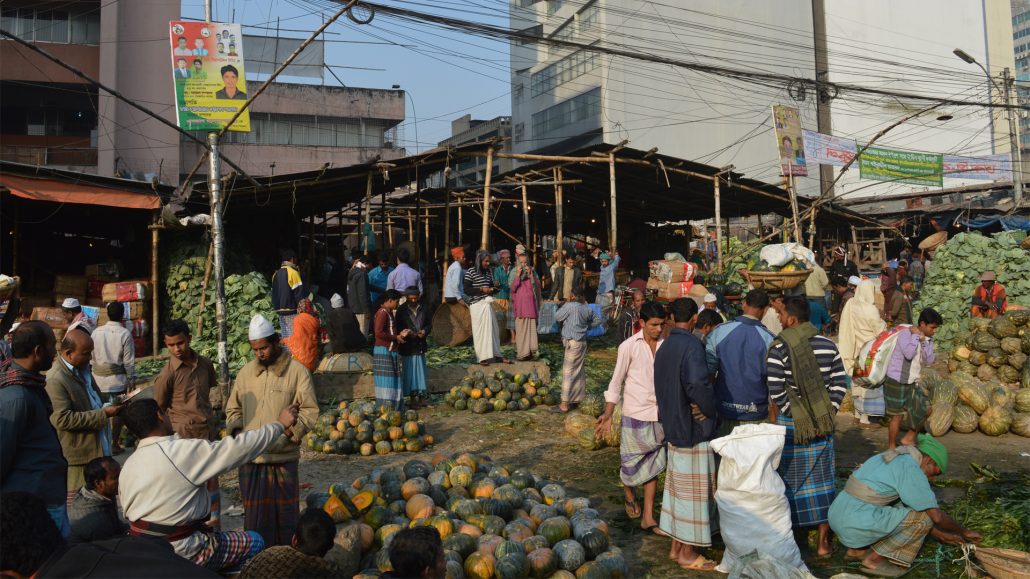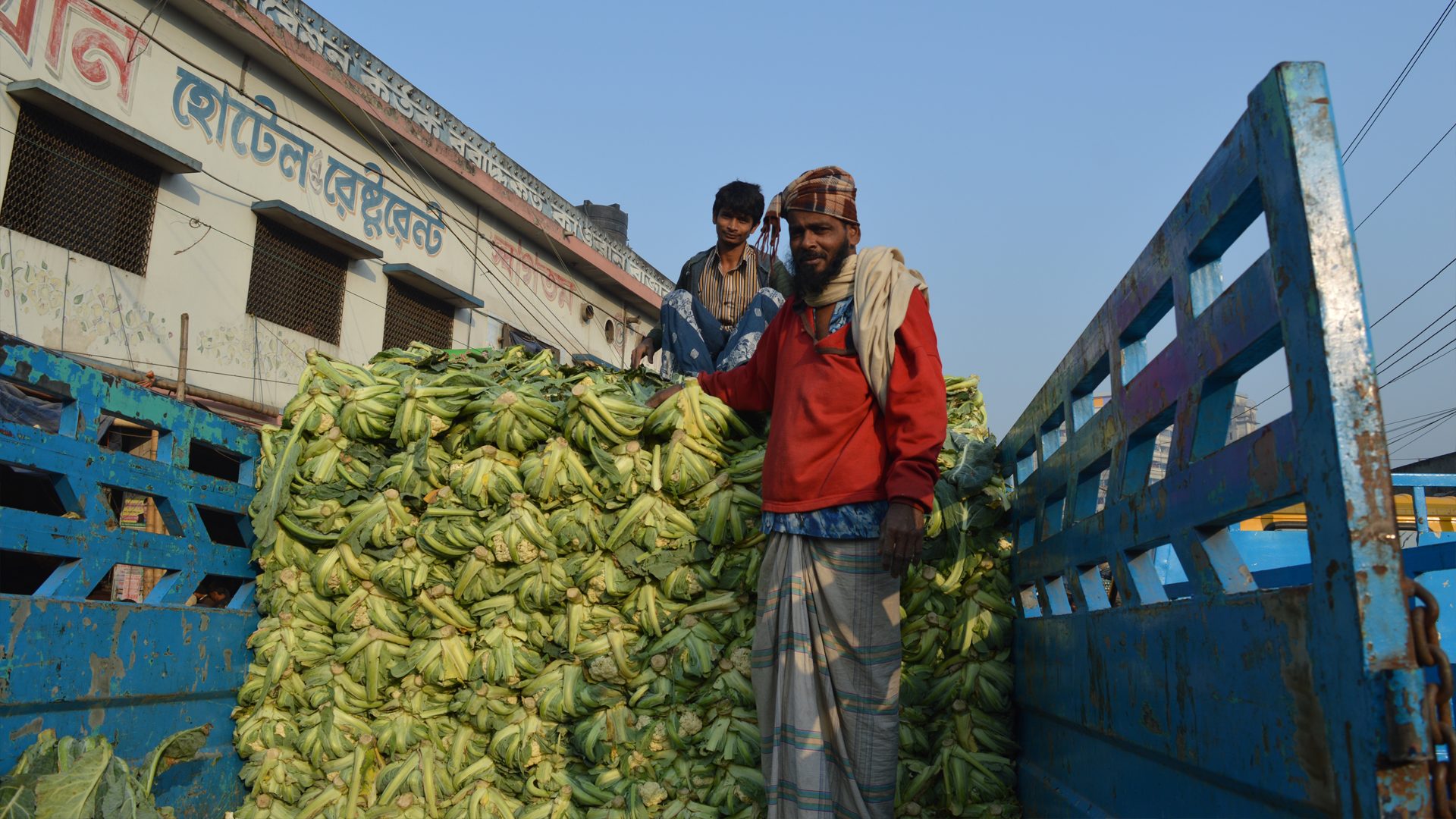Bangladesh, often celebrated for its economic aspirations and Vision 2041, is on a transformative journey to attain middle-income status by 2026. The nation has set ambitious targets: elevate life expectancy to 80 years, reduce poverty rates to less than 3%, and bolster export earnings to a staggering $300 billion. In this pursuit, horticulture emerges as a powerful catalyst for agricultural development and economic progress.
The Horticultural Renaissance
Horticultural crops—embracing a vibrant array of fruits, vegetables, aromatic plants, herbs, and flowers—are quietly reshaping Bangladesh’s agrarian landscape. Their contribution transcends mere sustenance, for they provide a multifaceted solution to an array of challenges. These crops, with their diverse and nutritious offerings, combat malnutrition, empower women, and significantly boost incomes, a pivotal step in poverty reduction.
Intriguingly, these high-value crops are poised to enhance Bangladesh’s export portfolio. The global horticulture market is predicted to burgeon to a staggering $40.24 billion by 2026, showcasing the sector’s untapped potential.
A Blossoming Economic Powerhouse
Horticulture’s economic prowess is already manifesting in the country. In the fiscal year 2021-22, it contributed a remarkable 5.64% to the nation’s GDP, amounting to a substantial $20.487 billion. This meteoric rise is even more impressive considering that horticulture commands only 4% of the total farming area but yields a substantial 7% of Bangladesh’s total crop production.
However, challenges loom large, casting shadows on this burgeoning sector’s prospects. One of the most significant threats is the perilous encroachment of rising sea levels, projected to snatch away 11% of Bangladesh’s land by 2050. This grim forecast imperils 18 million lives and could strip the nation of a third of its agricultural GDP, warns the World Bank. Climate change mitigation is imperative, but so is the quest for higher-yielding crops to ensure food security for a burgeoning population.
Taming the Horticultural Value Chain
To capitalize on the potential of the horticulture sector and mitigate the existing irregularities in its value chain, a holistic overhaul is indispensable. The value chain, comprising input suppliers, primary producers, and produce traders, must evolve to unlock the sector’s full potential.
Input Suppliers: Seeds of Innovation
Input suppliers constitute the basis of horticultural production. The proliferation of players, from Lal Teer (the largest producer of seeds in the private sector in Bangladesh) to a multitude of smaller enterprises, characterizes the sector. Seeds, fertilizers, and crop protection products form the bedrock of horticultural success.
Challenges abound in this sphere. The informal seed market, controlling 55% of seed distribution, hampers the acquisition of accurate supply and demand data. In regions lacking seed production, the dearth of supplies compounds the problem, exacerbated by weak transport networks. A counterfeit seed market further muddies the waters.
Moreover, an alarming 80% of fertilizers are imported, rendering the sector vulnerable to global market fluctuations. Inefficient fertilizer usage persists due to a lack of training in crop-specific or soil-specific applications.
Primary Producers: Cultivating Change
The backbone of Bangladesh’s horticulture sector is its primary producers, represented by 16.5 million households. Yet, inefficient, unmechanized cultivation practices hinder productivity. Climate change differentially impacts various regions, with salinity intrusion, drought, and floods striking different parts of the country.
Inefficient production planning, exacerbated by natural calamities, disrupts supply chains and depresses prices. The absence of farmer cooperatives leaves them vulnerable in a volatile market, leading to mass migration to urban areas.
Traders: Navigating Complex Channels
The complex supply chain, punctuated by intermediaries like farias, beparis, and arothdars, saps farmers’ earnings. A lengthy supply chain deprives farmers of a fair share of consumer prices. Poor storage facilities and infrastructure, combined with inadequate post-harvest treatment, inflict substantial losses.
Inefficiencies persist in processing, with a mere 1% of horticultural produce undergoing value addition. Dhaka remains the epicenter of trade, entrenching trading in a congested, unhygienic marketplace, diminishing product quality and value.
Tackling Crop-Specific Challenges
Delving into the specifics, onions and tomatoes, staples of the Bangladeshi diet, grapple with unique challenges. Onion farming contends with yield gaps resulting from managerial lapses, contributing to rising imports. Lack of cold storage facilities exacerbates post-harvest losses.
Tomato production, although promising, suffers from high post-harvest losses due to perishability, improper harvesting, and storage issues. These losses hinder the supply to the agro-processing industry, leaving potential untapped.
A Way Forward: Nurturing Green Opportunities
Solutions to these challenges lie within the horticultural value chain, and Bangladesh has glimpsed a path to transformation.
Supermarket Retailers and Online Grocery Startups: Supermarkets and online grocery platforms are circumventing intermediaries, offering traceable, quality produce directly to consumers. This trend pushes suppliers toward better production practices and investment in modernized infrastructure.
GAP Certification and Research Centers: Good agricultural practices (GAP) certifications like AR Malik Farms have the potential to elevate product quality, opening doors to global markets. Collaborations with experienced consultancies enhance food safety standards. Meanwhile, new research centers promise innovation and climate-resilient crop varieties.
AI in Agriculture: Artificial intelligence is revolutionizing agriculture, from aquaculture to soil testing, promising more efficient farming practices and improved crop yields. Entrepreneurs are introducing AI-based apps and technology to address long-standing issues.
Conclusion: Nurturing Horticulture for a Flourishing Bangladesh
As Bangladesh strides toward achieving its lofty economic goals, horticulture emerges as a linchpin in this transformative journey. While challenges linger within the horticultural value chain, a symphony of public-private partnerships and foreign investments could harmonize the sector’s dysfunctionality.
Learning from India’s investment in cold storage, Bangladesh can expedite its agricultural transformation. Collaboration between public and private sector actors holds the promise of employment generation, entrepreneurial growth, increased per capita production, and safeguarding foreign currency from vegetable imports. Horticulture’s potential is ripe for the picking, and Bangladesh stands at the cusp of a green revolution that can redefine its agricultural landscape.
At Larive International, we are committed to supporting our clients in their journey of market entry and growth in Bangladesh by providing them with customized solutions that suit their needs and objectives. Together with our local partner LightCastle Partners, we are also keen to contribute to the development of the horticulture sector in Bangladesh by promoting sustainable practices, inclusive growth, and social impact. This content has been written with data provided by LightCastle. If you are interested in exploring the opportunities in the horticulture sector in Bangladesh or want to learn more about our services, please contact our colleague Matthias Brienen.






